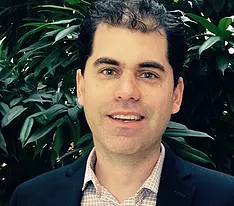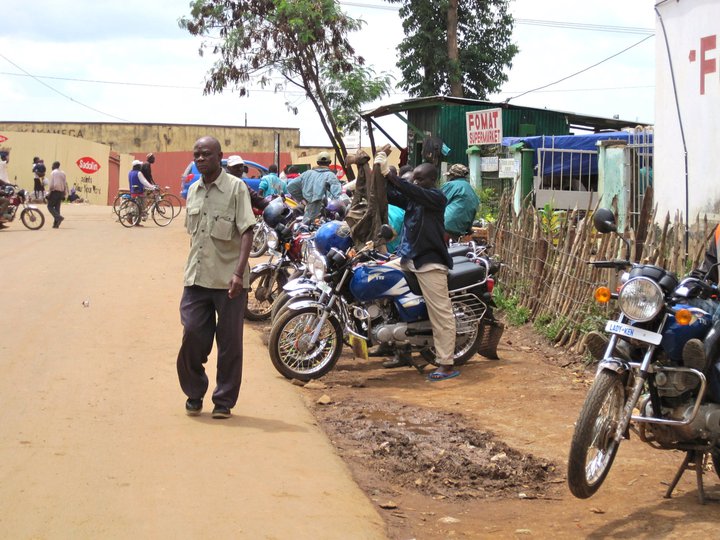
In the Fall of 2021 I travelled to Kenya for a three-week trip to the four counties of the former Western Province where ACCES has focused its support since 1993. I share some of my observations about the region, and in the following Parts 2 and 3, I share some stories I learned about the impact of ACCES on specific students with a final instalment on our vision for the future.
All four counties that we serve are heavily populated despite limited infrastructure in the area consisting of village centers spread out across the countryside linked by dirt roads and trails. All counties have a population density of over 500 people per square km while Vihiga county has over 1000 inhabitants per square km. Many of the villages are not serviced with electricity, running water or sewage facilities despite the proximity of the inhabitants. Village residents generally pay for drinking water at a communal distribution center. The main industry in the region is cash and food crop farming consisting mainly of sugarcane and maize. Kenya suffers from record levels of inflation with the cost of staples such as cooking oil doubling in the last year however cost increases have had little to no impact on the prices paid to farmers.

The first thing I noticed upon arriving in the area is the number of people. There seems to be people everywhere. Unlike other places I have visited, most of the people I saw were young to middle aged adults who seemed to lack a specific purpose and appeared to spend their days congregating with one another in public places. This is not a clinical measure of employment rates nor is it an accurate indicator of the economy however it struck me that there are thousands of able-bodied people who seem to lack meaningful employment in almost every community center that I visited.
I spent my time in the area making observations and asking questions so that I could strategically target and refine the impact of the support that ACCES provides. I met countless people who had dreams of attending secondary and post secondary school but did not have the financial means to realize these aspirations. It is common for teenaged children to not attend or drop out of secondary school because they cannot afford the annual day school tuition of approximately $120 CDN / per year. It is equally common to meet young adults who have graduated from secondary school and are ‘deferring’ their post secondary studies as they try to find a way to save for and afford the cost of tuition. Most aspiring students I spoke to had deferred for many years and had no realistic prospects of attending post secondary school. In these instances, the viscous cycle of poverty continues.
I learned many things on my trip, but the greatest realization was a deeper appreciation of our mission to alleviate poverty through education in the region. By pooling our resources, we have, and will continue to, make a profound impact on the lives of thousands of people. the next article provides stories of a few of our scholars and the difference that your support through ACCES has made.
Kevin Fadum, Executive Director of ACCES
December 16, 2021
